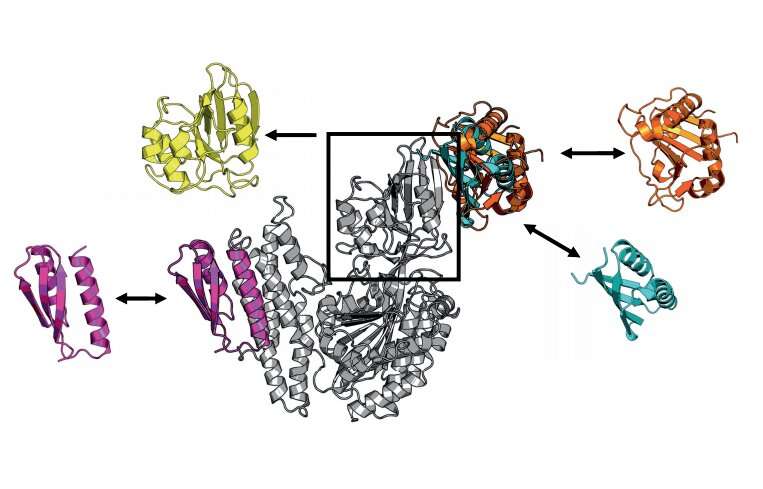
Proteins are often called the building stones of our bodies—rightly so. Almost everything that goes on in our bodies involves proteins in one way or another. In a new dissertation in chemistry, Dick Sjöström zooms in on a specific transport protein which we could use to develop medicines and treatment for, among other things, brain tumors, Alzheimer’s, malaria, and high-risk viruses if we learn more about it.
Transferrin receptor 1 is a transport system that delivers iron to our cells. It is particularly interesting as it can pass freely through the blood-brain barrier. This barrier serves as vital protection for our brain, but it also prevents most medicines from reaching the brain if they are provided in the ways that we are used to; for instance, in tablet form or through an injection.
Thus, this barrier prevents the development of most promising medicines against, for instance, brain tumors, Alzheimer’s, Parkinson’s, and Huntington’s disease. There is hope that, in the future, it will be possible to deliver different types of medicines and antibodies straight to the brain by using transferrin receptor 1.
“My research has a number of different approaches, but the transferrin receptor is central to the entire project. It is a vital transporter that enables iron to enter our cells, but it is also the gateway into our cells for some high-risk viruses and one of the most common malaria parasites,” says Dick Sjöström, doctor at the Department of Chemistry and Biomedicine at Linnaeus University.
Thus, it is possible for certain pathogens to bind to the receptor and, in this way, pass through the blood-brain barrier, but it is also possible to design proteins that bind to the receptor and in the future it will be possible to use this for medical purposes.
“We have looked at what mechanisms make it possible for certain viruses to bind to the receptor, but we have also designed proteins that we have managed to bind to the receptor. I believe that our specially-designed proteins that bind to the transferrin receptor will become important in the future, both in order for us to continue learning more about how the transport mechanisms work and in order for us to be able to use the receptor as a transport system for different types of medicines that must reach the brain—when treating, for instance, Parkinson’s, Alzheimer’s, and brain tumors.
The part of the receptor to which the viruses and the malaria parasite bind has also been disconnected from the rest of the receptor and been designed to make it possible to procure it from bacteria, with the objective to develop this receptor into medicines against the viruses and the malaria parasite,” Sjöström concludes.
Source: Read Full Article